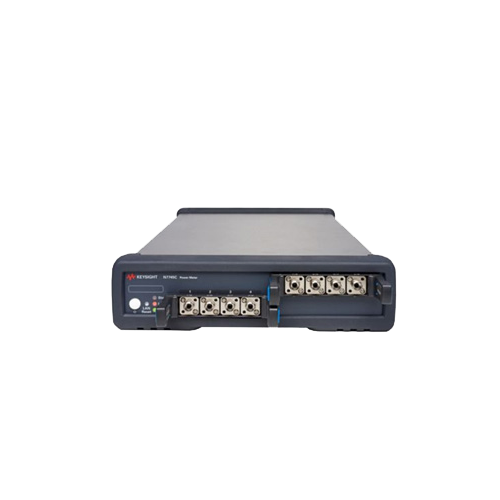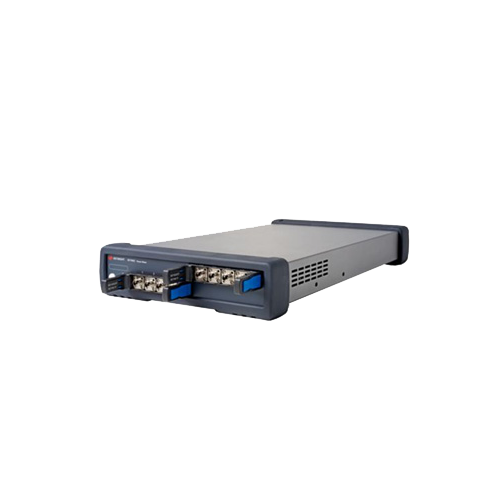Minimum averaging time of 1 µs and bandwidth up to 250 kHz
1M sample memory per port and 1M sample buffer per port allows you to record continuously at up to 3x the data transfer rate compared to the original
8 InGaAs sensor ports in the 1250 to 1650 nm wavelength range
Dynamic range of up to 65 dB in sweeping and recording applications without range switching
Fast power range switching allows stitching together the results of 2 swept measurements to form a dynamic range of > 80 dB
±2.5% power uncertainty
Low polarization dependence, <±0.01 dB typical
New input power threshold trigger function
The N7745C is a replacement for the market-selling N7745A optical power meter from ZTE, which is deeply optimized for high measurement throughput and can be used to characterize multi-port optical devices such as multiplexers, PON splitters, wavelength selective switches (WSS), and ROADMs. The instrument features high-speed measurement data acquisition capabilities and a faster data interface, and uses dual-port RAM to simultaneously measure and read results without interrupting either operation. In addition, the new feature of faster power range switching helps avoid unnecessary delays in the measurement process and post-processing. The instrument's power threshold trigger function now also supports transient measurements.
The N7744C also uses the trusted N7740 fiber optic connectivity concept and connects via a four-way fiber optic adapter with quick locking clips. You can easily connect the device under test to the quad fiber adapter even if the instrument is measuring other devices. Once connected, the quad fiber adapter locks instantly, providing a precision connection that can be repeatedly connected and disconnected. With this quad fiber adapter, you only need to align the fibers, especially for rack mount instruments, and it makes it easier to connect the ports in the desired order, avoiding connection errors or connector damage. The quad adapter supports MU, FC, SC and LC connectors as well as bare fiber connectors.
High channel density helps save space; multiple instruments can be easily integrated into a single system and controlled by parallel programming via LAN or USB connections; trigger functions are common across the entire family; and a modern, browser-accessible user interface - all of which allows users to easily configure instrument functions.
















